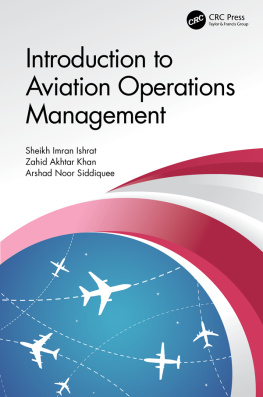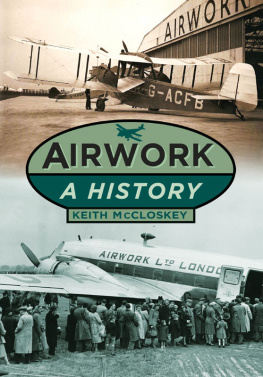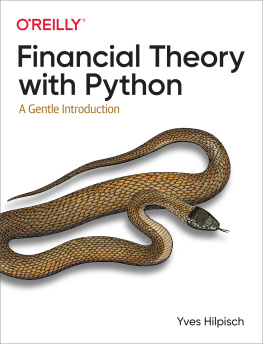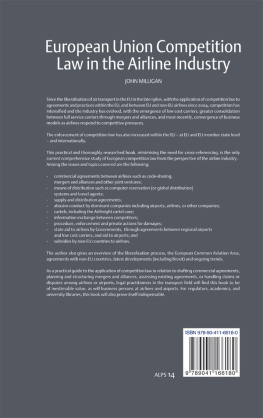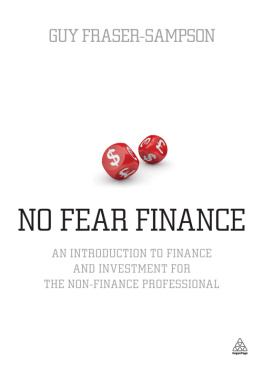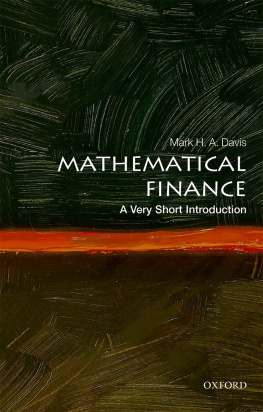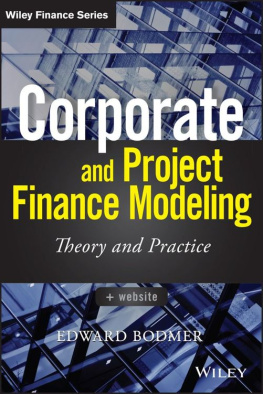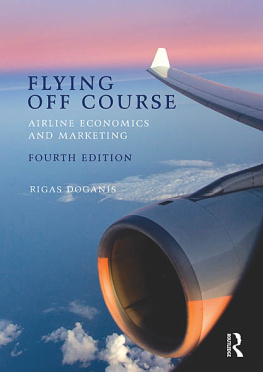Foundations of Airline Finance
In recent years, the airline industry has experienced severe volatility in earnings, with airlines recording periods of substantial profits that are closely followed by periods of financial distress. This trend has continued into the new millennium, with numerous examples of airlines across the globe entering bankruptcy protection or liquidating.
The text provides an introduction to both the basics of finance and the particular intricacies of airline finance, which can involve significant fluctuations in both revenues and costs. This new edition also covers:
capital budgeting;
the management of current assets;
financial risk analysis;
fuel hedging;
aircraft leasing; and
revenue management.
This textbook contains chapters that cover unique aspects of the aviation financial decision-making process. These include a rigorous and structured presentation of the buy-versus-lease decision that is prevalent in the industry, a valuation process for aviation assets, the recent trend toward privatization, and the difficulty inherent in the valuation of a publicly owned or semi-publicly owned asset.
Foundations of Airline Finance, now in its second edition, is an introductory text that can be used either as a general financial text or in a specialized class that deals with aviation finance in particular.
Bijan Vasigh is Professor of Economics and Finance in the College of Business at Embry-Riddle Aeronautical University, Daytona Beach, FL, and Managing Director, ACG Aviation Consulting Group, LLC, Ormond Beach, FL.
Kenneth Fleming is Managing Director, ACG Aviation Consulting Group, LLC, Ormond Beach, FL.
Barry Humphreys is a former director of Virgin Atlantic Airways, and is currently Nonexecutive Chairman of the British Air Transport Association and an aviation consultant.
Foundations of Airline Finance is a great bridge between theory and practice. The authors cumulative experience is reflected in a book that not only applies the tools of financial management to aviation, but explains why these analyses drive airline performance. The book provides solid frameworks to analyze critical decisions in airline finance, including fuel hedging, leasing, and valuation. Foundations of Airline Finance should serve as the basic reference for airline CFOs, executives, and industry analysts. John S. Strong, Professor of Economics and Finance, College of William and Mary, USA
The authors provide an excellent introductory text for airline finance students. Unlike other textbooks, there is a well-rounded coverage of invaluable finance and accounting concepts that provide students with the academic foundation to truly understand the aviation-related issues at hand. Dr. David Tan, University of New South Wales, Australia
Foundations of Airline Finance is an outstanding contribution to the field of aviation education. The authors provide an exceptionally in-depth look at airline finance at a level that is easy to comprehend. Chaminda Prelis, Assistant Professor of Aviation Management, University of Dubuque, USA
First published 2015
by Routledge
2 Park Square, Milton Park, Abingdon, Oxon OX14 4RN
and in the USA and Canada
by Routledge
711 Third Avenue, New York, NY 10017
Routledge is an imprint of the Taylor & Francis Group, an informa business
2014 Bijan Vasigh, Kenneth Fleming and Barry Humphreys
The right of Bijan Vasigh, Kenneth Fleming, and Barry Humphreys to be identified as the authors of this work has been asserted by them in accordance with the Copyright, Designs and Patents Act 1988.
All rights reserved. No part of this book may be reprinted or reproduced or utilized in any form or by any electronic, mechanical, or other means, now known or hereafter invented, including photocopying and recording, or in any information storage or retrieval system, without permission in writing from the publishers.
Trademark notice: Product or corporate names may be trademarks or registered trademarks, and are used only for identification and explanation without intent to infringe.
British Library Cataloguing in Publication Data
A catalogue record for this book is available from the British Library
Library of Congress Cataloging in Publication Data
Vasigh, Bijan.
Foundations of airline finance : methodology and practice / Bijan Vasigh, Kenneth Fleming, Barry Humphreys. Second edition.
pages cm
1. Aeronautics, CommercialFinance. 2. AirlinesCost of operation.
I. Title.
HE9782.V37 2014
ISBN: 978-0-415-74325-9 (hbk)
ISBN: 978-0-415-74326-6 (pbk)
ISBN: 978-1-315-81376-9 (ebk)
Typeset in Times New Roman
by Sunrise Setting Ltd, Paignton, UK
Contents
This is the second edition of Foundations of Airline Finance: Methodology and Practice. The text is an introduction to finance and, in particular, to the basic intricacies of the aviation industry. The material aims to give an overview of a number of subjects from the time value of money, financial analysis, fuel hedging, leasing, insolvency, and capital budgeting, to a methodology for a valuation of assets. Understanding finance is critical in any industry; the financial track record of the airline industry in particular places even more importance on effective financial management. In addition, the airline industry has been subject to sometimes capricious government controls, in the form of security requirements, for example, that are levied on no other industry of comparable size; moreover, heightened safety concerns have disrupted schedules, forced flight cancellations, and severely inconvenienced the traveling public. All of these factors, and more, have put increasing pressure on financial managers within the industry.
Since deregulation in the United States, the airline industry has experienced severe volatility in earnings, with airlines recording periods of substantial profits that are closely followed by periods of financial distress. This trend has continued into the new millennium, with numerous examples of airlines across the globe entering bankruptcy protection or liquidation. The industry has been so problematic because of both the revenue sidethat is, the highly competitive nature of passenger demand in the marketand the cost side, in relation to which the growth of low-cost airlines has kept air fares low and competition high. On the cost side, airlines acquire their resources from highly monopolistic markets, such as labor, fuel, aircraft, and airport infrastructures, and they generally do not have enough market power to reduce their costs significantly. The last few years offer a microcosm of the volatility in the airline industry. Following the terrorist attacks of September 11, airlines struggled to deal with the downward shift in travel demand; by 2007, on the other hand, airlines were recording impressive levels of profitability, albeit on the back of years of industry losses. While profitable, the industry has also experienced numerous consolidations, with the merger of Northwest and Delta creating the worlds largest airline, the purchase of AirTran by Southwest, and United Airlines pursuing a merger partner of its own. In 2008, the airline industry faced substantial challenges, as the price of oil spiked to over US$130 a barrel. Since jet fuel is generally an airlines largest cost, airlines were faced with the prospect of escalating costs that were difficult to pass on to consumers. As a result, airlines recorded massive financial losses, while also engaging in jet fuel hedging programs. In 2009, airlines were faced with another serious crisis as the global economy began to crash. Carriers have undertaken far-ranging actions to deal with reduced levels of demand by instituting fees for services that were previously provided free of charge, deferring aircraft deliveries, furloughing employees, and reducing capacity. Once again, such actions have been undertaken merely to minimize losses.


